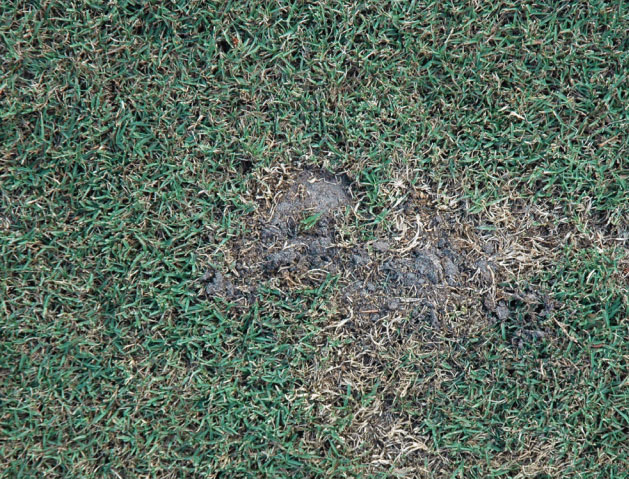Know The Signs of Mole Crickets
Mole cricket damage includes tunneling, which causes grass to dry out, and feeding on the roots, which causes grass to die.
When inspecting for mole crickets in your yard, it's important to know signs of mole crickets in your yard, and when this mole cricket damage will become apparent in your yard.Identify Mole Cricket Damage

- Since tunneling generally occurs close to the surface, small bulges may be visible on the top of your turf and soil.
- Your lawn may feel spongy because it has become detached from the roots.
- In areas where there has been tunneling activity, the grass will brown and die.
- Feeding activity will also cause grass to die.
When To Look For Damage
The damage from feeding nymphs will likely not become apparent until the nymphs have gotten large, which happens in the spring after the overwintered nymphs begin feeding again when temperatures warm up. While this will tip you off to the presence of mole crickets in your yard, and the damage will be obvious, this isn't a great time to treat, since the crickets will be large and more resistant to treatment.



